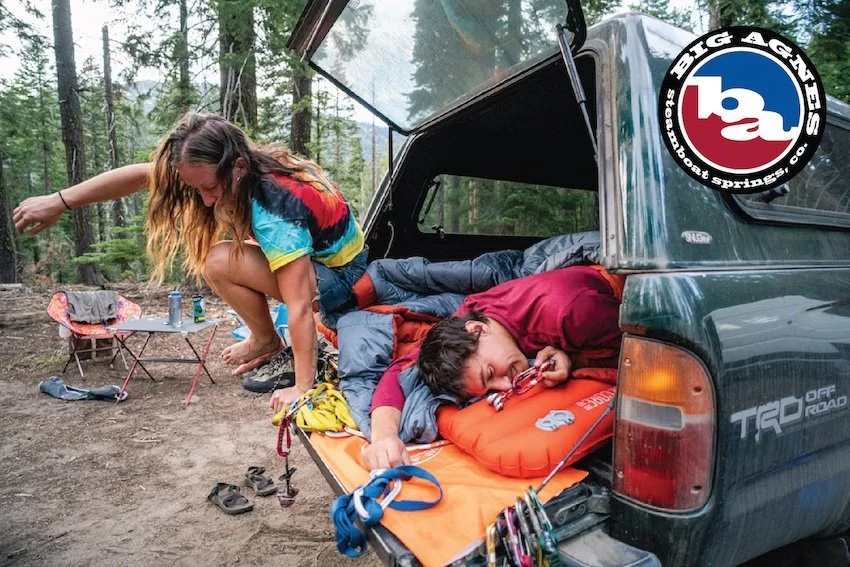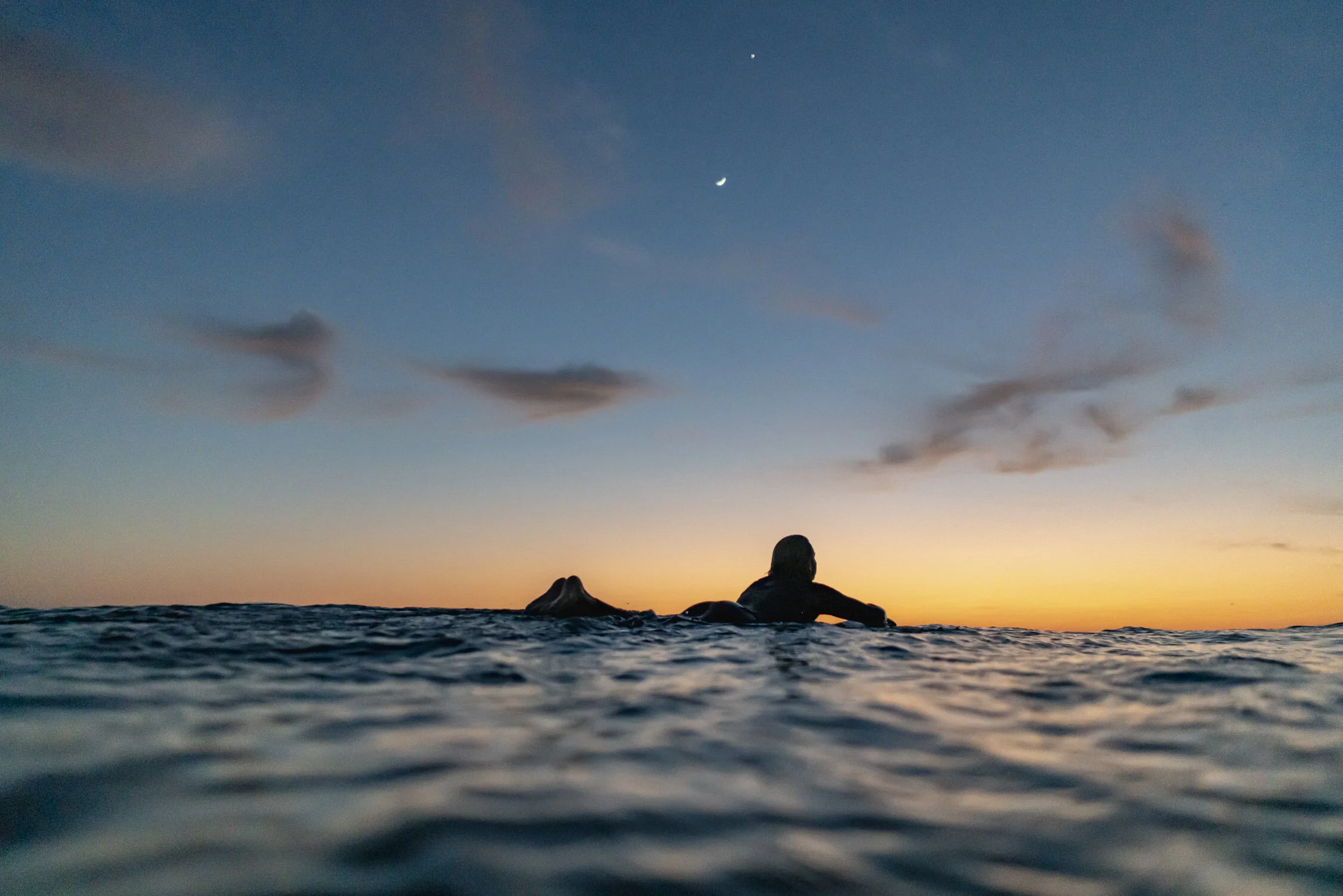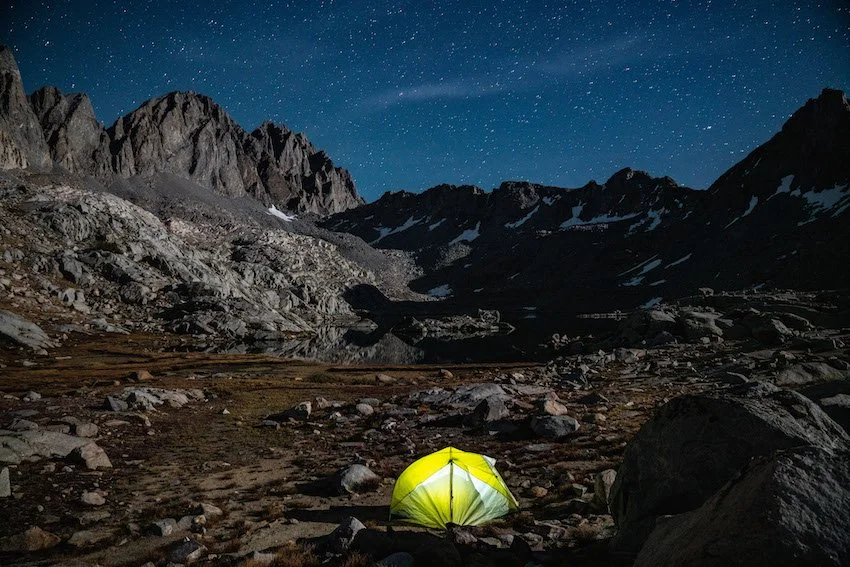How to Take Photography from Passion to Career
A Ford Bronco spraying dirt with BF Goodrich tires, created for BF Goodrich. Photograph by Dalton Johnson.
Photography is one of those passions with a low barrier to entry with today's phones. However, turning that afternoon photograph while on a hike with friends into a part-time or full-time job is another story. If you are here, reading this article, you already have taken the most important step, becoming aware of the fact that you want to make money from taking photographs. The steps laid out below are building blocks for you to see and understand how to become a professional, but what is not there are the thousands of hours of work that this will take. Becoming a photographer is the second hardest job to maintain, just below becoming a rock star! So, what does this mean? Well, once you read this article, start getting to work. If you are persistent, in a few years, you will switch over from your current job to being a photographer.
Big Agnes has become one of my most consistent clients because our styles of real, authentic moments pair well together. Photograph by Dalton Johnson.
Build a portfolio
The first step is to build a portfolio. Now, what the heck is a portfolio (check mine out here)? Well, this is a grouping of images, that you have taken, put together in a presentable manner to showcase the type of work you can create, recreate, and be hired to photograph. Typically, these images are grouped into categories, but as you progress into your career of shooting, you will update this with more recent work for others to see. A couple of key take-aways:
Only show the type of work you want to be hired to create
Make it easy to consume
Have your portfolio live somewhere besides your phone… aka social media, a website, a printed copy, etc.
Most Importantly, even if you have not photographed for very long, put your fifteen best images together. Once you shoot a better one, replace one of the fifteen. At some point you’ll realize fifteen is an arbitrary number, once you reach that point, share what feels correct.
Addtional Resources for building a portfolio:
Learn Learn Learn
When you first start out, I suggest going out and shooting. Go, be playful, and don’t allow society to weigh you down. In the beginning, you will feel silly, you will feel awkward, you will feel like an imposter, but, if you get out and shoot, you are already doing the verb to the noun you want to be—that’s a fancy a way of saying you are working on your craft. As you progress and build a habit of shooting daily, the next step is going to be learning. Well, what do you need to learn? Here is a short list of all the things you will learn along the way:
Escape Campervans had me shoot a surf project for them, pairing their van with the surf community. Photo by Dalton Johnson
Editing (lightroom, photoshop, etc.)
File Management
How to create, build, source, and finance projects
What is the “best gear” for your work? (note: gear is a trap in the beginning, but there will be a threshold where gear is needed to complete a job)
How and where to sell your work
How to market your work
How to improve your craft
What are industry standards and how can you break them
How to diversify your revenue streams
People skills! This might be number one most important
Learning is a career-long endeavor. You do not need to learn all of these things before landing your first client, but you will learn these along the way.
Identify your client
Once you build a portfolio, you will have a task to do. This task will be to objectively look at your work and try to understand what it is that you are selling. Do all of your photos have people? Are they action sports, cars, landscapes, etc? You will need to put a label on your work, so that you can identify who your client could be. Now, a label here is not to diminish your work. A label here is a tool you will learn to use. For example, I am an outdoor-lifestyle photographer. Let’s break this down:
Outdoor-lifestyle photographer = related to the outdoor industry or pertain to the outdoors AND have to do with people.
Now, you identify your client by linking what you photograph to who their demographics are. Let’s take three examples:
Becoming a fine art gallery photographer: My work would belong in a space with landscapes, wildlife, or location specific gallery.
Becoming a commercial photographer: My work would belong with any company that wants to highlight surf, climbing, travel, and/or adventure lifestyle. That’s a lot of companies!
Becoming a portrait photographer: My work would fit any individual who is interested in having portrait session outdoors.
For myself, I went down the path of commercial work because this fit my lifestyle, my needs, and I enjoyed the challenge of connecting with large brands. Oftentimes, medium-large brands can take 8-10 months of courting. To dive into the Fortune 500 and 100 companies, these are all connection based shoots.
Selling prints is a great additional revenue stream to commercial work. Currently, I have three main revenue streams; commercial work, image licensing, and prints. Check out all prints HERE by Dalton Johnson
Shop your work
Here comes the tricky part! Once you have photographed enough to build a portfolio, you have learned enough to feel comfortable that you can shoot a project without flopping, you have identified your client, now, you have to shop your work. If you never tell people that you are available for work, then you will pretty much never get a job. So, how do you do this? There is no recipe, but there are a few tips:
Recognize all clients are people, talk with them like they are another human
Share your work and let them know you can be hired
Shoot a project that pertains to them, then try to sell a similar job to them
Build a relationship, even they don’t hire you, them might share your name around
Build a project, share via email, social media, ect.
To provide some perspectives: I used to have a mantra I would recite as I shopped my work that went like this:
“At worst, they don’t respond. Hopefully, they say no. At best, they say yes."
MOST IMPORTANTLY: Know, understand, and believe in the product you are selling!
As an outdoor lifestyle photographer, my job is to highlight products in use outdoors. I love the challenge this can present, like making socks look fun! I photographed the release of the National Park release for Swiftwick Socks. Photo by Dalton Johnson
Sell your product
The time has come! Sound the dramatic music, the horns blasting, the day is here! You are heading into a meeting, well prepared, and ready to sell your product. This is your first one that you are going to land and you are very excited. You have been manifesting this, you have visualized this meeting before going to bed every night, you can see how this project is going to be executed. Congratulations! Now, just don’t screw it up! A few important notes to understand:
If this person doesn’t take the job, there will be another one who will
No’s just mean this wasn’t a good fit
If you get a yes, or a no, you will learn from this process
I have built jobs and projects that have never been funded. I have self funded and then sold images via “speculation work.” This career is difficult and you’ll need to learn that being told no is a good thing.
Additional Resources for :
Some of my favorite shoots have been those done in my backyard with friends. Here is a shot from a MiiR campaign shot for the release of their Pint Cup. Photograph by Dalton Johnson
Conclusion
All of the above information has come from what I have learned over these last few years grinding my teeth trying to make a career in photography work. Along the way you will have small wins, accept them. Overnight success are often 10 years in the making. While my first job with Ford Motor Company came in my third year of business, I had been photographing for five years almost daily (rarely making any money) and had build a foundation of relationships that made that opportunity happen.
Like I mentioned in the introduction, becoming a photographer is the second most difficult career in the world to sustain. Above are the steps that I still partake in everyday. Yes, I still shop new work. Yes, I am told no often. Yes, I revamp my portfolio almost yearly. Yes, I often feel as though I am failing. Yes, I forget to celebrate my small successes. Please, be kind to yourself along this journey, find what makes you happy, and have fun playing with a camera!









